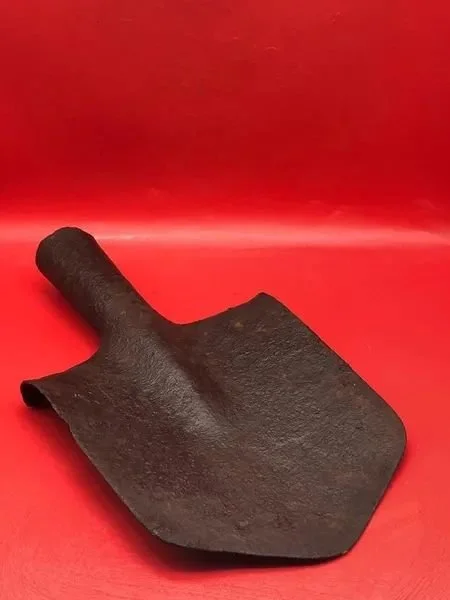 Image 1 of 6
Image 1 of 6

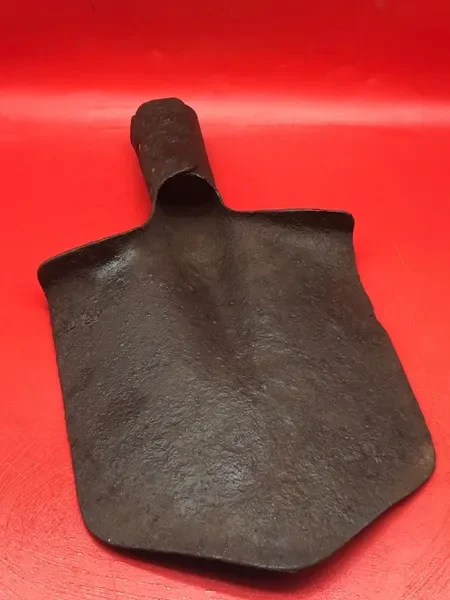 Image 2 of 6
Image 2 of 6

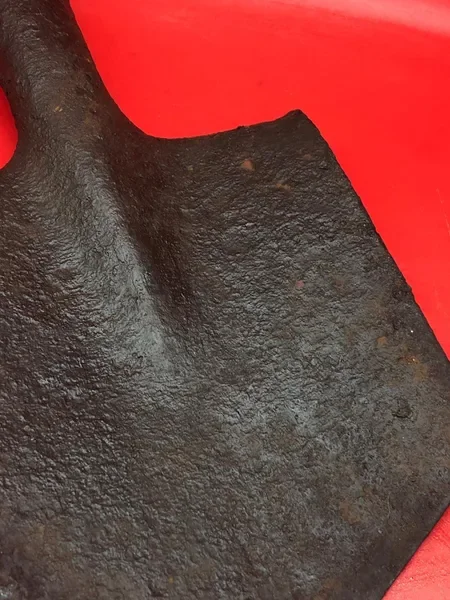 Image 3 of 6
Image 3 of 6

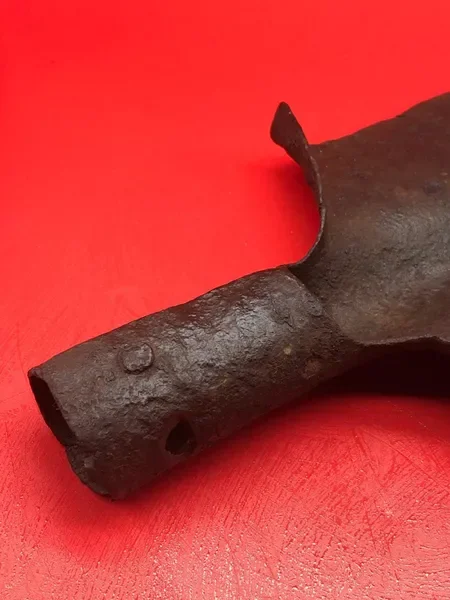 Image 4 of 6
Image 4 of 6

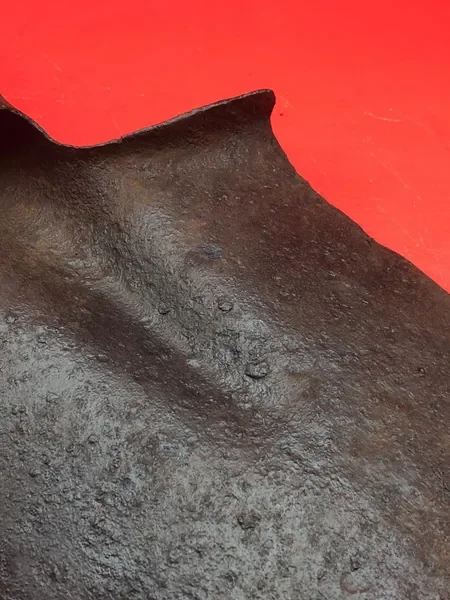 Image 5 of 6
Image 5 of 6

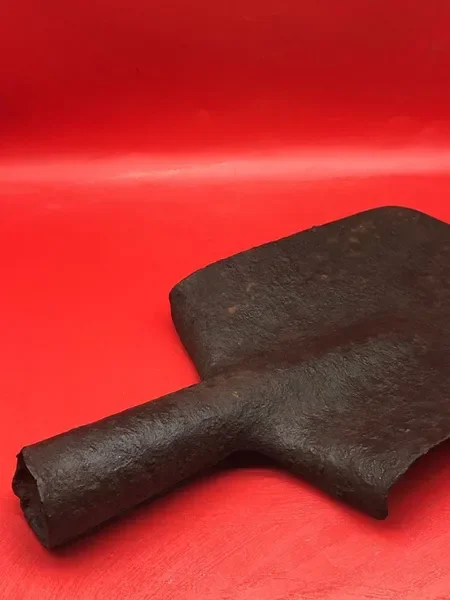 Image 6 of 6
Image 6 of 6







Russian soldiers MPL-50 shovel head nice solid relic condition used by 5th Guards Army
This is a Russian soldiers MPL-50 shovel head. The original wooden handle has rotted away, but the shovel head itself is in relic yet solid condition. The metal is pitted and rusty but has been very well cleaned, making it a nice battlefield relic suitable for display or any collection. The shovel head was used by soldiers of the 5th Guards Army and was recovered from the area of the Psel River, south of Kursk on the Voronezh Front. This area was defended against the German 2nd SS Panzer Corps during the Battle of Kursk, part of Operation Citadel in July-August 1943, Russia.
During Operation Citadel, the Germans committed four armies along with a large portion of their total tank strength on the Eastern Front. On 1 July, the 9th Army of Army Group Centre, positioned on the northern side of the salient, had 335,000 men (223,000 combat troops). In the south, the 4th Panzer Army and Army Detachment Kempf of Army Group South numbered 223,907 men (149,271 combat troops) and 100,000 108,000 men (66,000 combat troops) respectively. The 2nd Army, on the western side of the salient, had an estimated 110,000 men. Overall, the German forces totaled 777,000 779,000 men, with 438,271 combat troops in the three attacking armies. Army Group South was better equipped with armored vehicles, infantry, and artillery than the 9th Army of Army Group Centre. The 4th Panzer Army and Army Detachment Kempf had 1,377 tanks and assault guns, while the 9th Army had 988. German industry produced 2,816 tanks and self-propelled guns between April and June, including 156 Tigers and 484 Panthers. At Kursk, 259 Panthers, approximately 211 Tigers, and 90 Ferdinands were deployed.
Photo below: Tiger I heavy tanks of the German 2nd SS Panzer Division Das Reich, Kursk, Russia, June 1943.
This is a Russian soldiers MPL-50 shovel head. The original wooden handle has rotted away, but the shovel head itself is in relic yet solid condition. The metal is pitted and rusty but has been very well cleaned, making it a nice battlefield relic suitable for display or any collection. The shovel head was used by soldiers of the 5th Guards Army and was recovered from the area of the Psel River, south of Kursk on the Voronezh Front. This area was defended against the German 2nd SS Panzer Corps during the Battle of Kursk, part of Operation Citadel in July-August 1943, Russia.
During Operation Citadel, the Germans committed four armies along with a large portion of their total tank strength on the Eastern Front. On 1 July, the 9th Army of Army Group Centre, positioned on the northern side of the salient, had 335,000 men (223,000 combat troops). In the south, the 4th Panzer Army and Army Detachment Kempf of Army Group South numbered 223,907 men (149,271 combat troops) and 100,000 108,000 men (66,000 combat troops) respectively. The 2nd Army, on the western side of the salient, had an estimated 110,000 men. Overall, the German forces totaled 777,000 779,000 men, with 438,271 combat troops in the three attacking armies. Army Group South was better equipped with armored vehicles, infantry, and artillery than the 9th Army of Army Group Centre. The 4th Panzer Army and Army Detachment Kempf had 1,377 tanks and assault guns, while the 9th Army had 988. German industry produced 2,816 tanks and self-propelled guns between April and June, including 156 Tigers and 484 Panthers. At Kursk, 259 Panthers, approximately 211 Tigers, and 90 Ferdinands were deployed.
Photo below: Tiger I heavy tanks of the German 2nd SS Panzer Division Das Reich, Kursk, Russia, June 1943.
